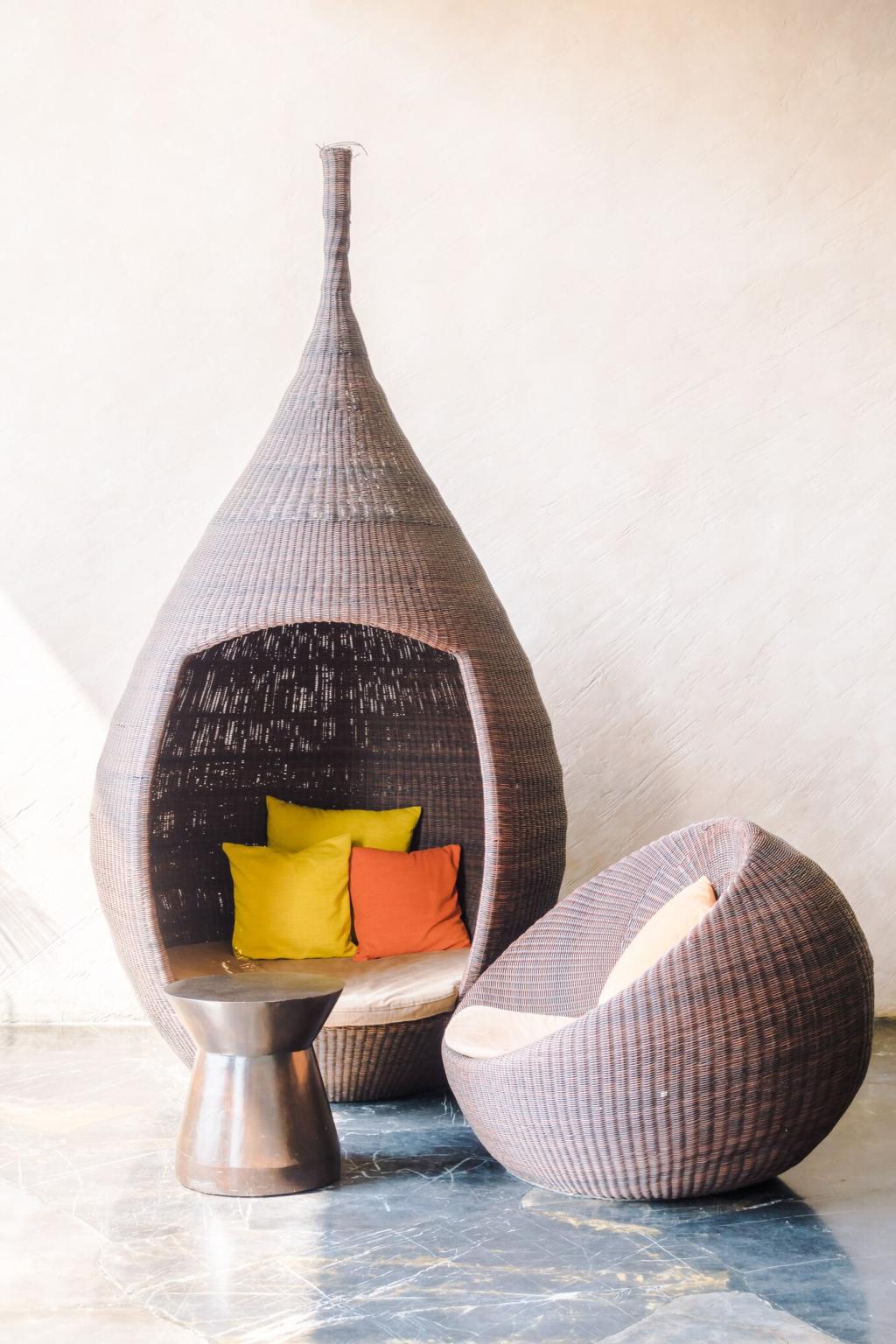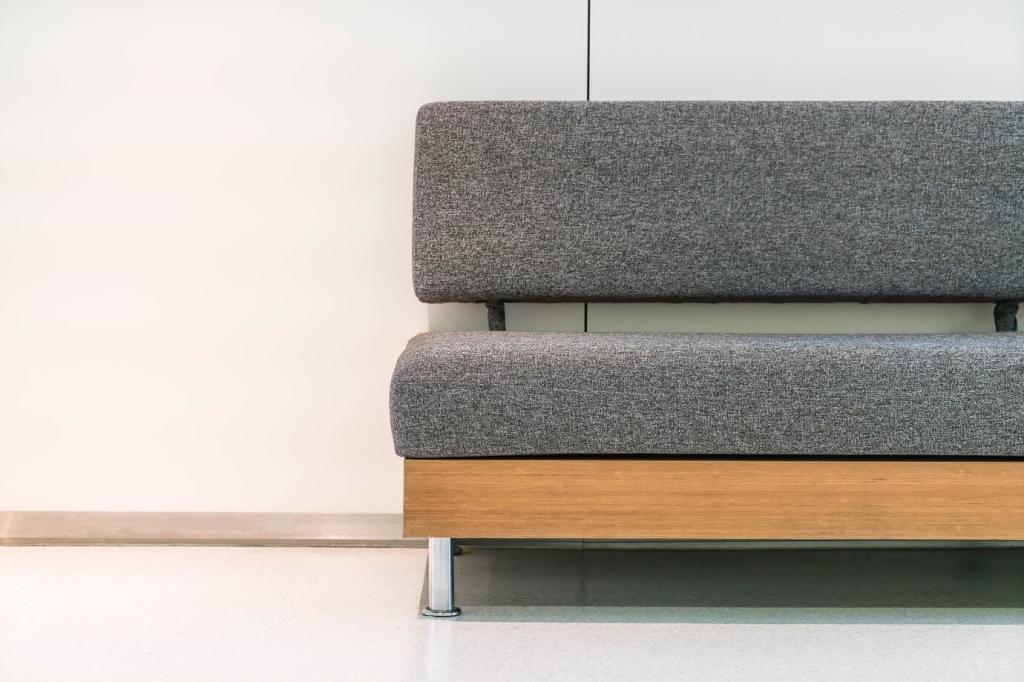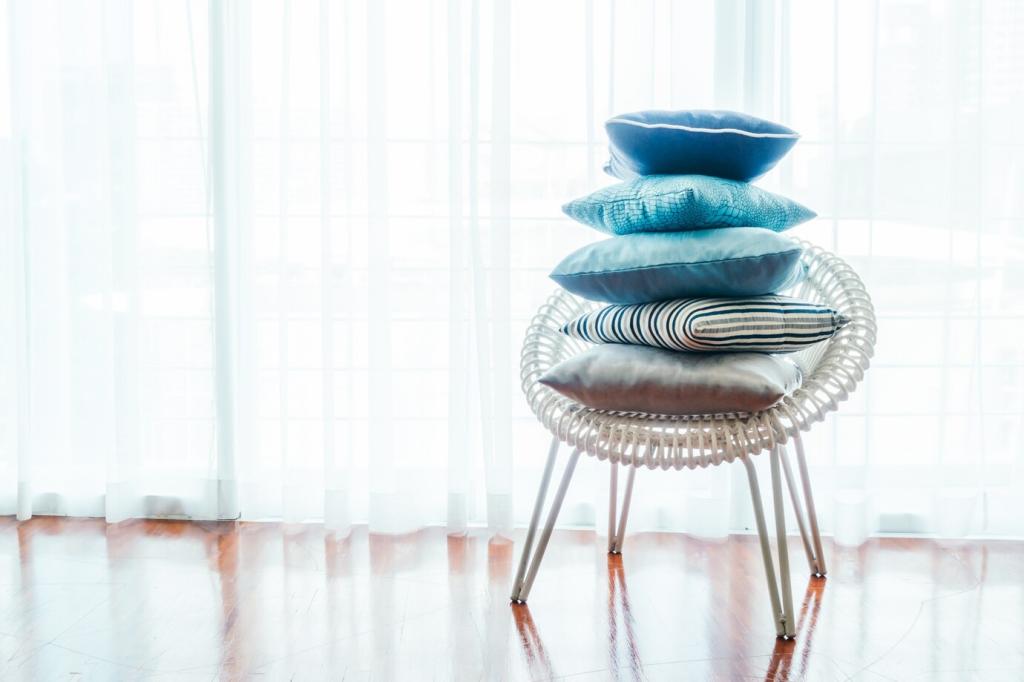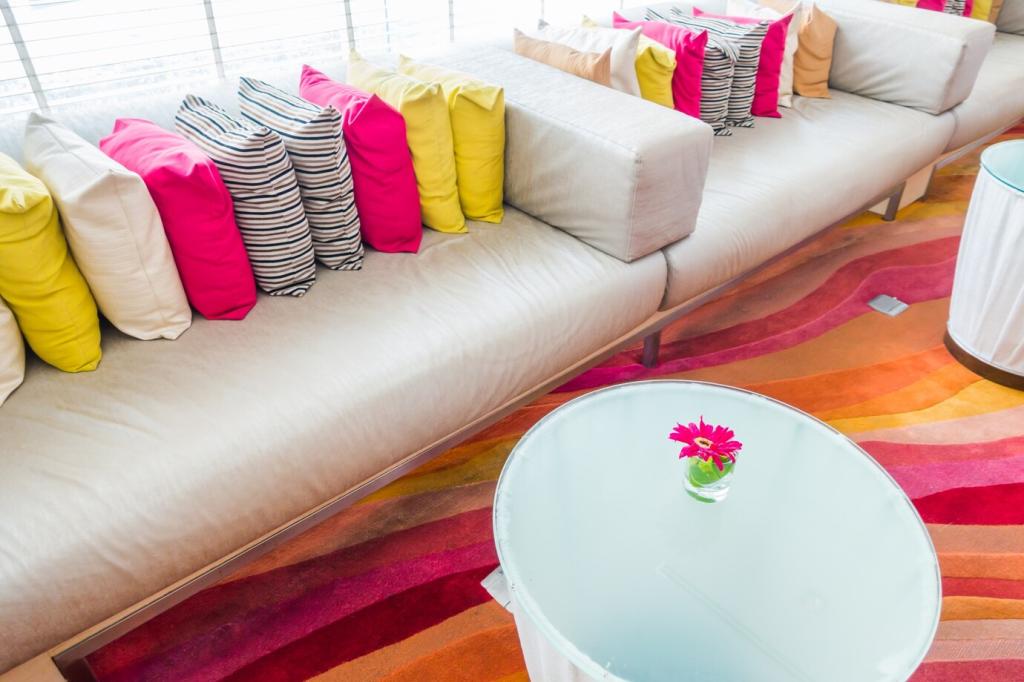Why Energy-Efficient Smart Lighting Belongs Inside Furniture
Furniture-integrated LEDs place light exactly where you need it—on the page, countertop, or keyboard—so you illuminate tasks precisely, not entire rooms. This focus reduces spill, lowers power draw, and makes every lumen feel intentional, efficient, and delightfully personal.
Why Energy-Efficient Smart Lighting Belongs Inside Furniture
Built-in sensors inside furniture detect motion, proximity, and ambient brightness, automatically dimming or shutting off lights when you leave. Quiet, invisible control cuts habitual overuse, extending component life while gently nudging your home toward genuinely effortless energy savings.




